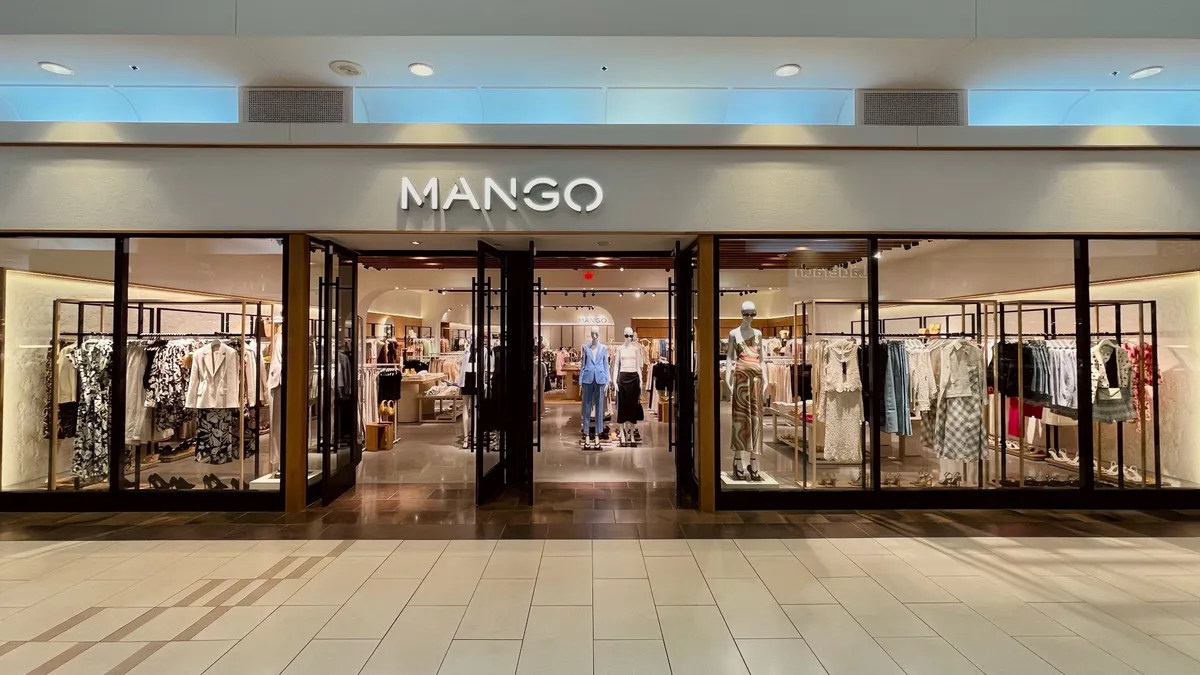Supply chains are constantly changing as new rules, technologies, resources and market trends transform operations. Here's a skim of the week's indexes, technology announcements, expansions and M&As from around the web.
In Case You Missed It
- The Supreme Court will not hear a case against the ELD mandate.
- A tense FMCSA meeting revealed systemic challenges to trucking.
- Corporate silos are the root cause of many retail inefficiencies.
Market Snapshot
Political rhetoric, economic cycles and trends in offshoring make the decline of American manufacturing a popular tale.
In fact, President Donald Trump ran a campaign promising to get the sector back on track, using the position's pulpit to incite companies to reshore over Twitter, and even creating a White House office dedicated to boosting the sector's competitiveness.
Yet a recent report from the Ball State Center fro Business and Economic Research and Conexus Indiana suggests such a tale is misleading, and U.S. manufacturing productivity has actually increased 11% since 2000, Inbound Logistics reports. From 2012 to 2016, productivity rose 3%.
The statistics support a common, yet opposing viewpoint: the "decline" of the sector is not industry-based, but about the lifestyle and employment associated with it. The report notes the sector's GDP has grown by over $200 billion between 1997 and 2015, but a look at job trends shows workers have not shared in the spoils. Pay is rising, but jobs are steadily declining.
In speaking with experts, Inbound Logistics cites lean strategies, increased education and automation as the culprits. In other words, companies are getting smarter about the best use of their labor, and sometimes that means employing less.
But where have the displaced workers gone? With near-full national employment rates, labor previously in the manufacturing sector had to move elsewhere or be registered as a "discouraged worker." One theory suggests logistics will be the next manufacturing: as offshored companies continue to sell to U.S. workers but seek to maintain a minimal payroll, third-party transportation and storage services became all the more critical.
Yet, recent worker protests at ports, concerns over the rise of automated warehouses, and talk of logistics as the most inefficient segment of the supply chain begs one question: As the industry improves productivity, will workers be displaced once more? And if so, where?
Technically Speaking
Innovations in technology are rapidly changing how the world works, and supply chains have no choice but to adapt. One key to doing so successfully is having a culture that embraces change, writes Kathryn Wengel, Johnson & Johnson's Chief Supply Chain Officer.
Culture, however, starts with the leadership, and industrial giant General Electric lost a powerhouse leader this week, as its CEO Jeff Immelt announced his retirement. CIO Dive reports the CEO has insisted on the company's digital transformation, both internally and commercially. For example, the company recently unveiled a 'Brilliant Learning' program to train 150,000 supply chain workers. Also, this week, GE's plans to use drones for factory inspections and audits were made public.
Large conglomerates such as GE show how innovation can run through the veins of a company, leading to various concurrent initiatives. Another example of this is Deutsche Post DHL Group, which this week announced a new container-tracking visibility tool, and a partnership with Ford to manufacture electric vehicles.
Innovation does not always come from within, however. New technologies, including blockchain, often push companies to innovate for fear of falling behind. A report from Computerworld shows how ERP vendors are actively seeking to integrate the technology for when companies come buying.
However, integrations are nothing new. In fact, the transition to the cloud has pushed legacy providers to build more flexible and easy to use systems. A round-up of tech announcements this week show how various types of companies are doing just that:
- GrandCanals turns to the cloud with its new fulfillment tool, DC Velocity reported.
- Resilinc and Verisk Maplecroft formed an alliance to combine their risk and resilience expertise.
- Jabil Circuits, the manufacturer, built "InControl," a SaaS procurement solution.
In other news, Business Insider reports ShipBob raised $17.5 million in a Series B funding round. The e-commerce logistics startup will use the money to "build out its software" and open more fulfillment centers.
Breaking Ground
The daunting question posed in the Market Snapshot section of this column leaves one argument out of the picture: Increased productivity yields a need for greater infrastructure, which inherently creates more short- and long-term jobs.
In the short-term, greater volumes and larger ships have led a wide number of ports to raise bridges and deepen their waters to make room. In fact, the first 10,000 TEU-plus ship is scheduled to pass under the recently-raised Bayonne Bridge to the Port of New York and New Jersey, JOC.com reports. Further south, ports have been recording record volumes due to the completion of their dredging projects.
Such growth in freight also has long-term impacts, however. A new report from Los Angeles County Economic Development shows how the 598.3 million tons moved through the region in 2015 translated to 580,450 direct payroll workers that year, a 9.7% increase since ten years prior, the Pasadena Star News reports.
Ports are the easiest examples, given their high-capital projects and recent changes to the shipping industry, but the growth of e-commerce has also led to an expansion of warehouses and jobs nationwide. Gap will employ 500 in a distribution center in Sumner County, TN; and FedEx will hire 90 at a smaller facility in Santa Teresa, NM.
Speaking of FedEx, the company has long been a public policy activist. Rumors have it, by way of CNBC, the company is looking to help fund President Donald Trump's $1 trillion infrastructure plan, which is set to rely heavily on private participation.
Mergers & Analysis
This week featured some large mergers, most prominently Amazon’s Friday announcement to acquire Whole Foods Market, Inc. for $13.7 billion.
The announcement rocked retail as shares of Walmart, Kroger, and Costco Wholesale fell, according to Reuters. Amazon’s decision to dip into the brick-and-mortar grocery business indicates a growing shift in the logistics industry: As millennials continue to rely on e-commerce for their daily shopping needs, Amazon is forging a new path to provide perishable food items for online purchase and delivery.
Wegmans Food Markets has also caught onto the trend: the New York-based grocer announced on Thursday a new partnership with Instacart, a grocery-delivery service that already delivers to Whole Foods and Publix. According to Recode, Instacart will begin delivering Wegmans groceries in the D.C. metro area before expanding to Boston, and will cover “a few dozen” stores in the next few months.
In other news, Orbcomm acquired telematics systems vendor Inthinc Technology Solutions and may enter the vehicle fleet management industry, DC Velocity reported. According to Orbcomm’s press release, Inthinc provides electronic logging device (ELD) solutions to truckers. Orbcomm’s move is strategic as the new FMCSA ELD requirements are expected to become widespread.
Penske Truck Leasing will acquire Old Dominion Truck Leasing, adding about 1,400 tractors, trailers, and trucks to the Penske fleet, Inbound Logistics reported. This acquisition will add 360 customers to Penske’s directory, perhaps upping the competition with other 3PLs like FedEx and UPS.
CMA CGM will acquire the Mercosul Line from Maersk Line as part of the shipping group’s plan to expand to the South American market, according to a press release. That decision came days after Taiwanese ocean carrier Yang Ming announced plans to establish a subsidiary in Panama to better manage the carrier’s logistics.





















